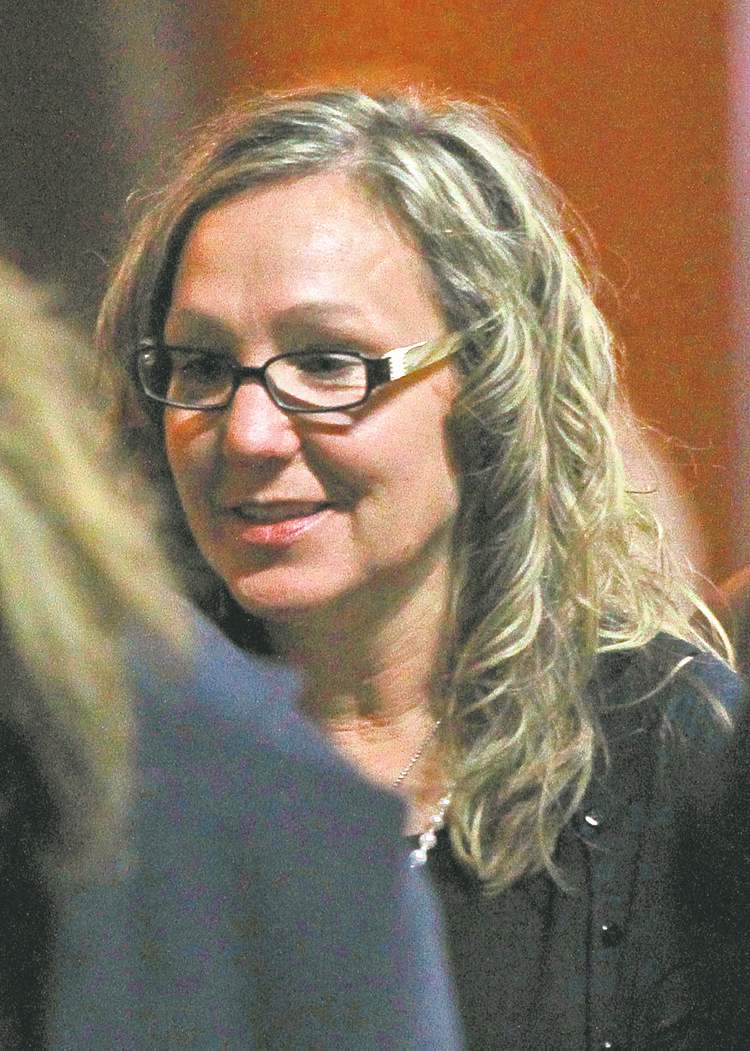A social worker who did everything right
But she was up against impossible odds
Advertisement
Read this article for free:
or
Already have an account? Log in here »
To continue reading, please subscribe:
Monthly Digital Subscription
$0 for the first 4 weeks*
- Enjoy unlimited reading on winnipegfreepress.com
- Read the E-Edition, our digital replica newspaper
- Access News Break, our award-winning app
- Play interactive puzzles
*No charge for 4 weeks then price increases to the regular rate of $19.00 plus GST every four weeks. Offer available to new and qualified returning subscribers only. Cancel any time.
Monthly Digital Subscription
$4.75/week*
- Enjoy unlimited reading on winnipegfreepress.com
- Read the E-Edition, our digital replica newspaper
- Access News Break, our award-winning app
- Play interactive puzzles
*Billed as $19 plus GST every four weeks. Cancel any time.
To continue reading, please subscribe:
Add Free Press access to your Brandon Sun subscription for only an additional
$1 for the first 4 weeks*
*Your next subscription payment will increase by $1.00 and you will be charged $16.99 plus GST for four weeks. After four weeks, your payment will increase to $23.99 plus GST every four weeks.
Read unlimited articles for free today:
or
Already have an account? Log in here »
Hey there, time traveller!
This article was published 22/11/2012 (4749 days ago), so information in it may no longer be current.
The inquiry into the circumstances of Phoenix Sinclair’s death is learning much more than the circumstances of her truncated life.
Testimony on Wednesday revealed some children in Winnipeg’s North End were so maltreated in the spring and summer of 2003 that Phoenix and her parents were not a CFS priority. Knowing what we do now about that child’s life, how miserable were the lives of children CFS deemed to be at a higher risk?
In 2003, Phoenix was living with her father, Steve Sinclair. The family’s CFS file was closed in 2002 because Sinclair said he didn’t want any more CFS involvement in his life.

Echo, the second child of Sinclair and Samantha Kematch, died in July 2001. Sinclair was investigated by police and cleared. The baby died of pneumonia. He and Kematch separated in July. Relations between the pair were so poisonous police were called to the baby’s viewing. Still, there was no CFS involvement, no one keeping an eye on young Phoenix.
It was a lower risk file, you see.
In February 2003, a stranger identifying himself as Phoenix’s godfather took the three-year-old to the Children’s Hospital ER. She had something stuck in her nose. It had been there for months, he said, and he’d told her father to get her to a doctor.
A hospital note says Phoenix had “a foul smell, purulent discharge and foreign body in her right nostril.”
A new CFS file was opened and intake worker Laura Forrest was put in charge. She went to Sinclair’s house and found him in a foul mood, with a black eye. He wouldn’t say where Phoenix was.
She was so busy with other files, and Steve Sinclair so difficult to deal with, that she never met Phoenix. She had many resistant clients, she testified, because CFS is rarely welcome in people’s homes. She went back to the Sinclair house again on March 31. No one was home. Here’s a snippet from her report:
“In the absence of other concerns, and with caseload demands, subsequent fields to the home were only attempted April 17, May 1, and May 9 2003 and all were unsuccessful in establishing contact with Steven and Phoenix.”
She would later be lauded for making that much of an effort.
Commission counsel wanted to know why Phoenix was never seen. The case was considered lower risk, Forrest repeated. She testified she was trying to balance her other cases and it was impossible to plan her day and stick to the plan. She testified there was nothing at the time the file was reopened to indicate clear and present danger to Phoenix.
No one in the system knew where the child was and her father wouldn’t answer the door. From my seat, a child who gets taken into the ER with a months-old infection is in relative danger. When that child disappears, alarm bells might start to tinkle.
Phoenix was finally seized from her dad in June after sources reported there was a drinking party going on at the house. The toddler was taken to a downtown hotel used as an emergency shelter. A handwritten note in her file says she was wearing a pair of pink panties, a blue-and-white T-shirt and a pair of blue denim jeans. Her father couldn’t find her jacket.
Shortly after, Samantha Kematch popped up with a fresh interest in parenting. She hadn’t seen her surviving daughter since the spring.
“Samantha has never demonstrated a true interest in her role as mother/parent,” a report into Phoenix’s death would later conclude. “She has shown a pattern of leaving her children.”
Sinclair vanished, not making it to the court appointment that would sign his daughter back into care.
The inquiry heard allegations he was involved with the Indian Posse, drinking heavily and had been leaving Phoenix with other people as often as he took care of her.
Forrest did everything right after Phoenix was brought back into care. There are so many families, she said Wednesday, and their circumstances continue to grow more complex.
When Phoenix’s file was transferred from Forrest to a new family services social worker on July 27, 2003, it was categorized as high risk. The next days and weeks will tell us what that really meant.
We can only wonder at the horrors experienced by those children CFS did deem to be at high risk in the summer of 2003.
lindor.reynolds@freepress.mb.ca


